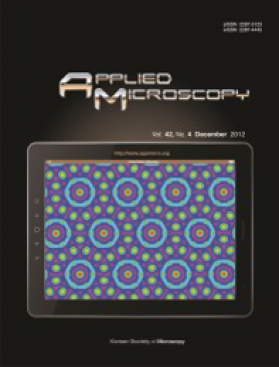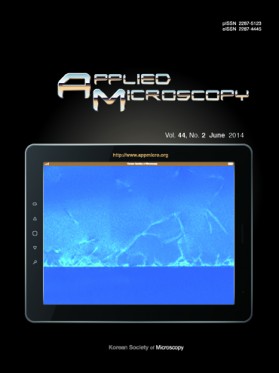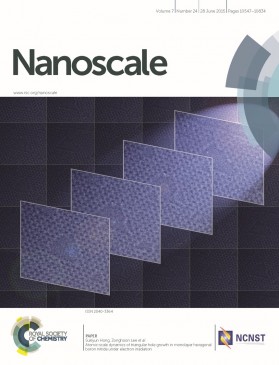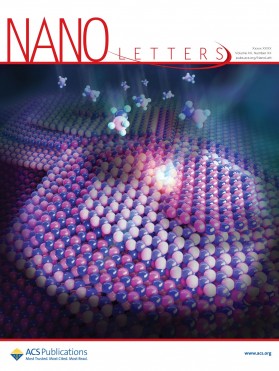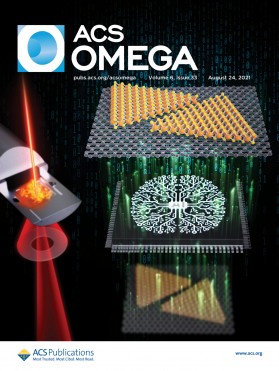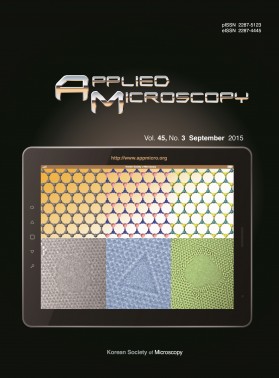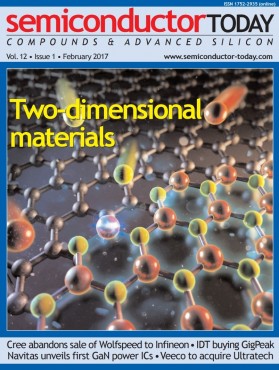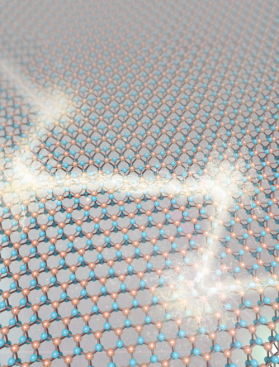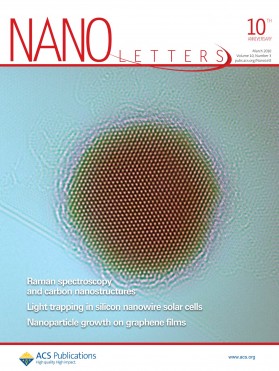Research
Prof. Zonghoon Lee’s Atomic-Scale Electron Microscopy Lab
Prof. Zonghoon Lee’s Atomic-Scale Electron Microscopy Lab
Abstract
Intercalation in black phosphorus (BP) can induce and modulate a variety of the properties including superconductivity like other two-dimensional (2D) materials. In this perspective, spatially controlled intercalation has the possibility to incorporate different properties into a single crystal of BP. We demonstrate anisotropic angstrom-wide (∼4.3 Å) Cu intercalation in BP, where Cu atoms are intercalated along a zigzag direction of BP because of its inherent anisotropy. With atomic structure, its microstructural effects, arising from the angstrom-wide Cu intercalation, were investigated and extended to relation with macrostructure. As the intercalation mechanism, it was revealed by in situ transmission electron microscopy and theoretical calculation that Cu atoms are intercalated through top-down direction of BP. The Cu intercalation anisotropically induces transition of angstrom-wide electronic channels from semiconductor to semimetal in BP. Our findings throw light on the fundamental relationship between microstructure changes and properties in intercalated BP, and tailoring anisotropic 2D materials at angstrom scale.
Our research focuses on atomic-scale characterization, design, and synthesis as well as the properties of advanced materials including 2D materials, carbon materials, and soft matter by means of aberration-corrected transmission electron microscopy and spectroscopy. In situ experiments at both the atomic and nano scales are implemented for our study.
Advanced TEM Characterization
